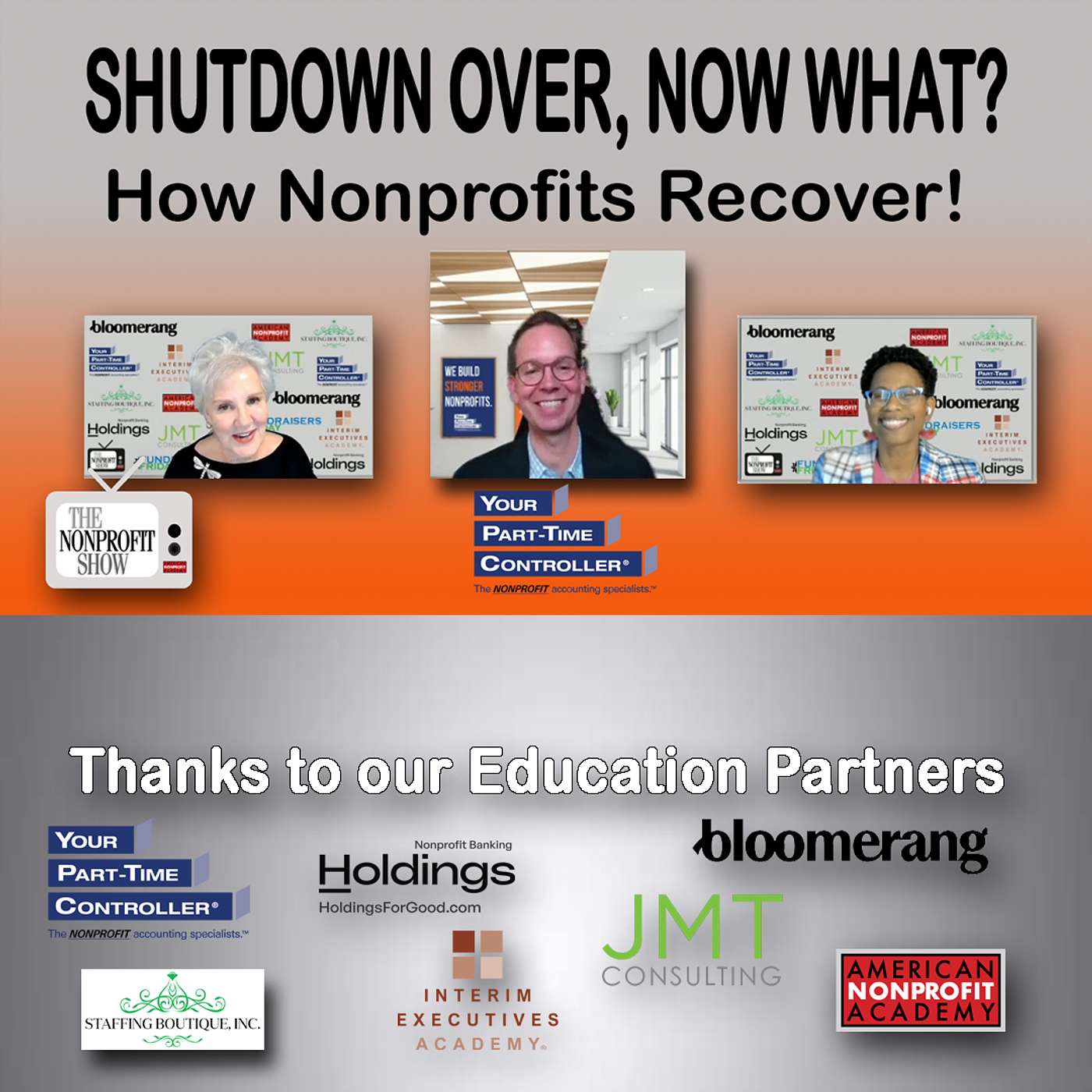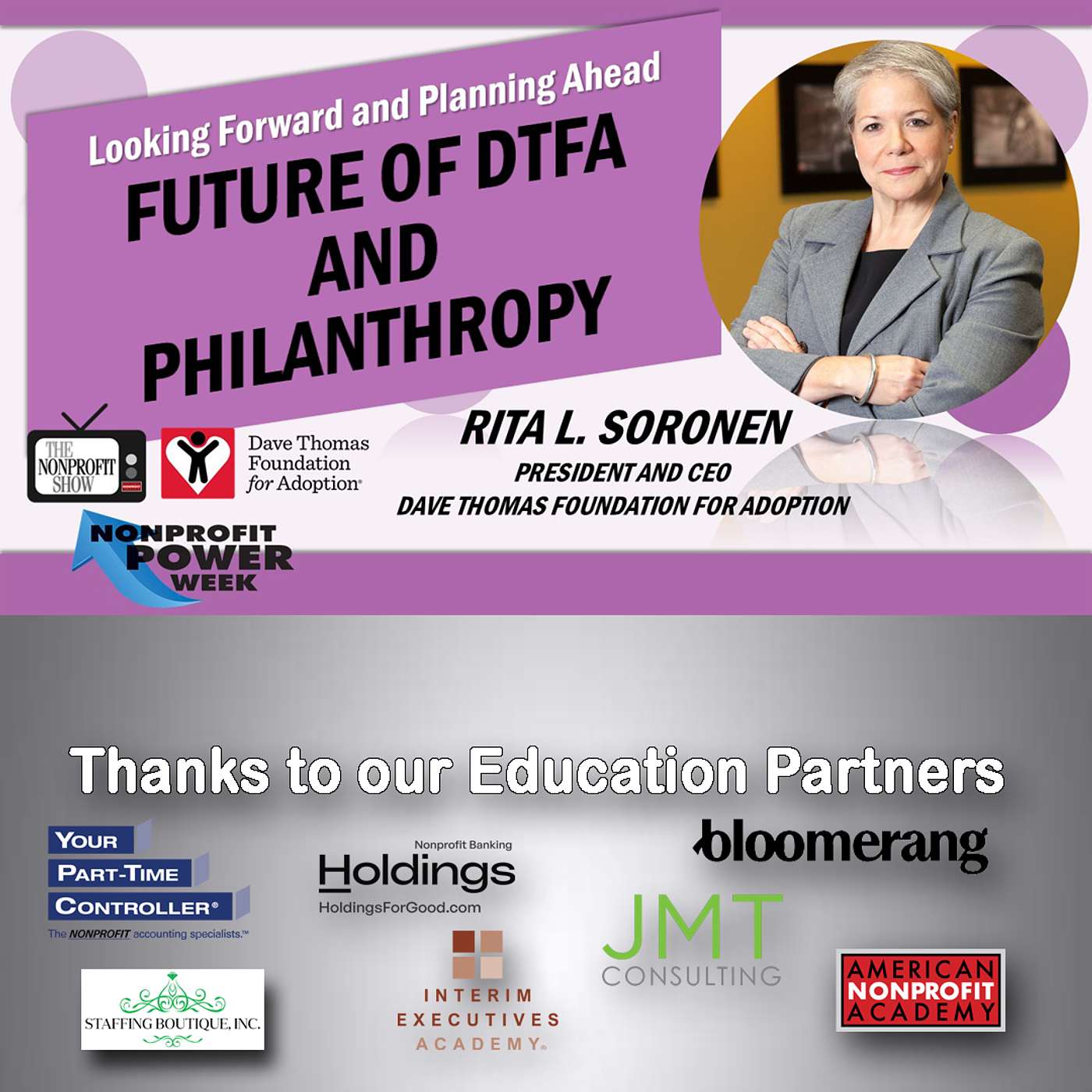Donor or Investor? Why Calling Them ‘Investors’ Changes Everything
Description
What if the people we call donors are actually investors? And what if this subtle shift reshapes expectations, power, professionalism, and even the identity of philanthropy itself? Julia C. Patrick and Tony Beall challenge one of the nonprofit sector’s most deeply rooted labels.
Julia opens the conversation by admitting she’s ready to change her own vocabulary, saying, “I’m going to really work hard to say investor, because I think you’re right—this is the way we need to go.” Her candor sets an energetic tone for a conversation that questions long-held nonprofit norms while encouraging fundraisers to rethink the relationship they build with contributors.
Tony expands on how much the terminology already shapes his practice. “It’s pretty much standard for me now to speak of donors as investors,” he explains, noting that while the marketplace may not fully be prepared for the switch, fundraisers can begin reframing relationships in ways that strengthen professionalism, transparency, and long-term engagement.
The conversation provocatively asks whether “donor” — rooted in the Latin donare, meaning to give — unintentionally implies release, relinquishment, or even detachment. Meanwhile, “investor,” drawn from investire, meaning to clothe or furnish power, places the contributor inside the organization’s journey, not on the sidelines.
From this vocabulary shift springs a lively exploration of expectations. A donor may hope the gift “does good,” while an investor wants measurable progress, long-term capacity building, and consistent communication tied to real results. That distinction pushes nonprofits toward better data, better systems, and better reporting.
Julia and Tony also discuss how this reframing could meaningfully influence recruitment and retention in the sector. Elevating the profession with language rooted in strategy and expectation — not charity alone — may attract more skilled talent while giving current fundraisers a clearer sense of the complex, meaningful work they perform.
They later explore generational dynamics. Older supporters may lean toward benevolence. Younger supporters are far more metrics-driven, tech-oriented, and impact-focused. For next-gen philanthropy, “investor” may simply feel more accurate.
The informative convo closes with a practical comparison using a $5,000 gift to a food bank. A donor experiences satisfaction and goodwill. An investor expects data: pounds of food purchased, households served, meals distributed. The contrast illuminates how terminology drives operational behavior.
By the end, the case for shifting language becomes both philosophical and functional. It’s a lens that prompts nonprofits to strengthen systems, build trust, and engage contributors more meaningfully — all while honoring the emotional roots of giving.
Find us Live daily on YouTube!
Find us Live daily on LinkedIn!
Find us Live daily on X: @Nonprofit_Show
Our national co-hosts and amazing guests discuss management, money and missions of nonprofits!
12:30 pm ET 11:30 am CT 10:30 am MT 9:30 am PT
Send us your ideas for Show Guests or Topics: HelpDesk@AmericanNonprofitAcademy.com
Visit us on the web:The Nonprofit Show
























